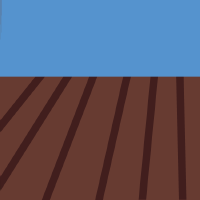Resource information
North Korea experienced a catastrophic famine in the mid-1990s that resulted in millions of deaths. This study aims to build an agent-based model to understand the risk of land degradation and famine in North Korea and explore potential solutions to mitigate this risk. The model concept reflects the general information of collective farms in North Korea, which was set in 1960, and the abstract of the social–ecological system of North Korean agriculture. The model comprises the agent, environment, and external factors. An agent is defined as a household that decides its labor allocation and land use by how much food it has. The environment is set to multiple layers that represent the soil environment of the farm, affected by agents’ decisions. The external factors reflect a land-use restriction policy, international trade (food aid), and climate change. We calibrated the model using data from North Korea and simulated various scenarios. Our findings suggest that the famine in the model would occur around 35 years later, almost reflecting the 1995 famine in the real world. The scenario-based simulations show that additional food aid or import could delay the famine, but fundamental solutions are needed to break the vicious circle of land degradation and declining food yield. Our study provides insights into the complex adaptive system of North Korean agriculture and the critical points of famine risk. Our agent-based model can be a useful tool for policymakers and researchers to explore potential solutions and inform risk management strategies.



